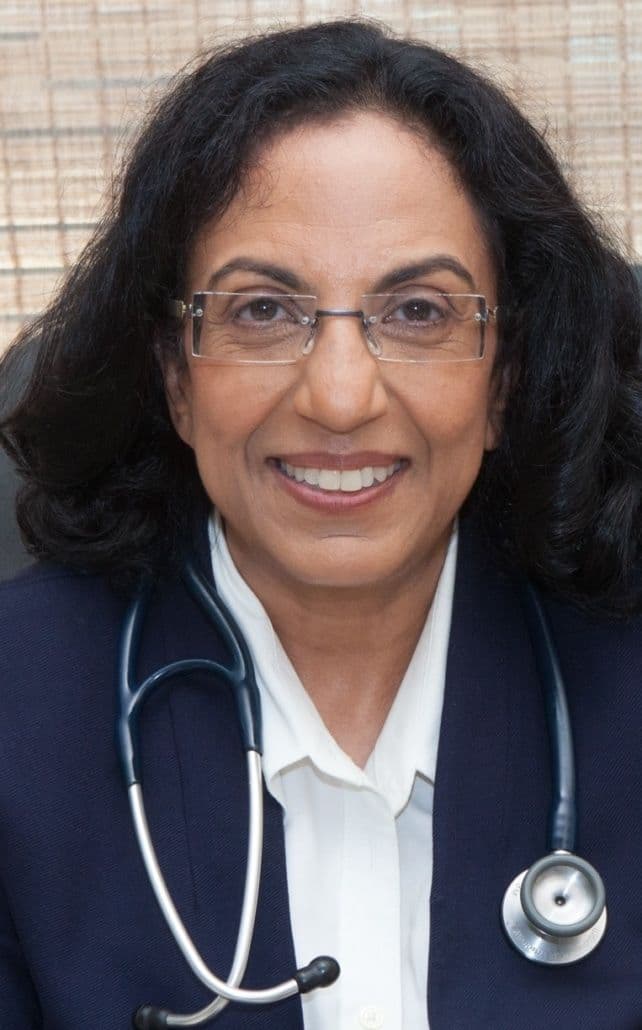What Conventional Medicine Can Learn from Consciousness Studies


Modern medicine is extraordinary in its ability to measure, diagnose, and treat. Blood tests, imaging scans, and molecular data have transformed patient care. Yet, as a physician, I’ve often asked myself — what about what can’t be measured? What about consciousness itself — the invisible awareness that animates every human experience?
For centuries, medicine has relied on the principle that objectivity equals truth. But in doing so, we may have turned a blind eye to one of the most powerful healing forces available to us: the consciousness of the patient and the healer.
The Limits of a Purely Objective Model
Modern medicine is built upon the Cartesian worldview introduced by René Descartes in the 1600s — a system that separated mind from matter, the subjective from the objective.
Every medical chart, drug trial, and imaging study operates along Cartesian coordinates — the familiar x and y axes of measurable data. Yet healing rarely unfolds in two dimensions.
As clinicians, we know two patients with identical lab results can have very different outcomes. Why? Because biology doesn’t exist in isolation from consciousness. Mindset, emotion, and intention influence the body’s healing intelligence in ways science is only beginning to quantify.
Consciousness as the Missing Dimension in Healing
Consciousness research shows us that awareness isn’t a byproduct of the brain — it’s a creative force that shapes reality itself.
Studies on the placebo effect, remote healing, and energy medicine all point toward a similar truth: intention influences matter. This is the essence of Information Medicine® — understanding that information, not just chemistry, drives healing.
When we think, feel, or pray for another person’s well-being, we transmit new information into the field of consciousness. This isn’t magic; it’s physics — Tillerian physics, to be exact — describing how consciousness interacts with the subtle energies of the body to produce measurable effects.
Medicine often dismisses what it cannot quantify, yet consciousness quietly remains the most profound healing variable of all.
Lessons for Physicians and Healers
Consciousness studies remind us that medicine is not merely a technical craft — it’s a relationship between two conscious beings. The doctor’s language, presence, and intention are part of the treatment.
When I meet a patient, I am not only reading lab values; I am reading energy, emotion, and awareness. The physician’s consciousness has the power to uplift or discourage, to open pathways of hope or close them.
Healing begins when both patient and physician recognize their shared role in creating new information — the intention to heal.
Integrating Consciousness into Modern Practice
How can conventional medicine evolve?
It begins with curiosity — the willingness to study what cannot yet be measured.
Imagine medical schools teaching courses on the science of consciousness, empathy, and intention. Imagine hospitals that value silent presence as much as surgical precision. Imagine research that studies meaning, not just molecules.
Integrating consciousness doesn’t mean abandoning science; it means expanding it — acknowledging that data alone can’t explain why humans heal, love, and create.
Closing Reflections
Consciousness is both the mystery and the medicine. It is the unseen dimension connecting doctor and patient, thought and biology, science and soul.
If conventional medicine can learn anything from consciousness studies, it is this:
Healing is not something we do to others — it is something we co-create through awareness and intention.
In every encounter, we have the opportunity to transform information into healing, and doubt into wisdom.
Dubitatio initium sapientiae est — doubt is the beginning of wisdom.